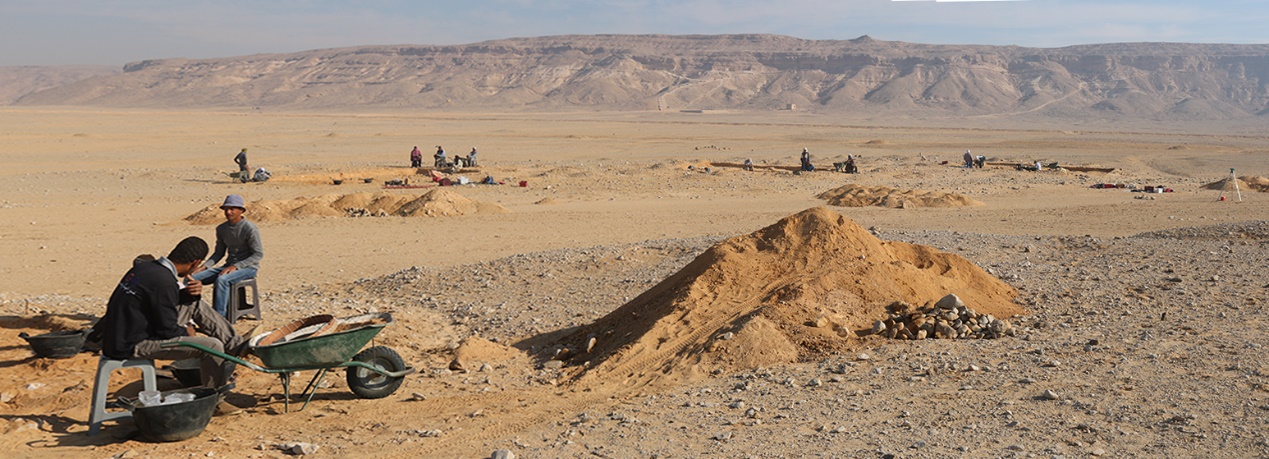Akhetaten (modern Amarna) was the capital city of Egypt for 15-20 years during the reign of Akhenaten (c. 1353 BCE). Its brief occupation and abrupt abandonment shortly after Akhenaten’s death has left a unique archaeological site, where the single layer of occupation is exceptionally well preserved. As the only current large-scale integrative examination of a pharaonic Egyptian site where the cemeteries and city have both undergone extensive excavation using modern techniques, Amarna is a type-site for analysis of urban life in ancient Egypt. Excavation and analysis of the non-elite public cemeteries has been an ongoing aspect of the Amarna Project since 2005. In that time, four non-elite, public cemeteries have been sampled with c. 600 graves and c. 725 individuals excavated. The ongoing analysis of the burial treatments, material goods, and human skeletal remains is beginning to paint a picture of distinct, but often subtle, differences in the lived experience of the individuals who comprised different community groups at the ancient city. The broad picture of human health at the site is one of extreme biological taxation, with heavy workloads, distinct nutritional deficiencies, and high disease burdens. Individual cemeteries, however, show variation within that broader theme that may be trackable to individual life course.
More information can be found at the Amarna Project website.

Excavations at the North Desert Cemetery at Amarna in Fall 2018 a view across the cemetery to the high desert cliffs where the North Tombs are located
This talk was given at the February 2021 meeting of the Essex Egyptology Group, held online via Zoom on 7th February 2021.